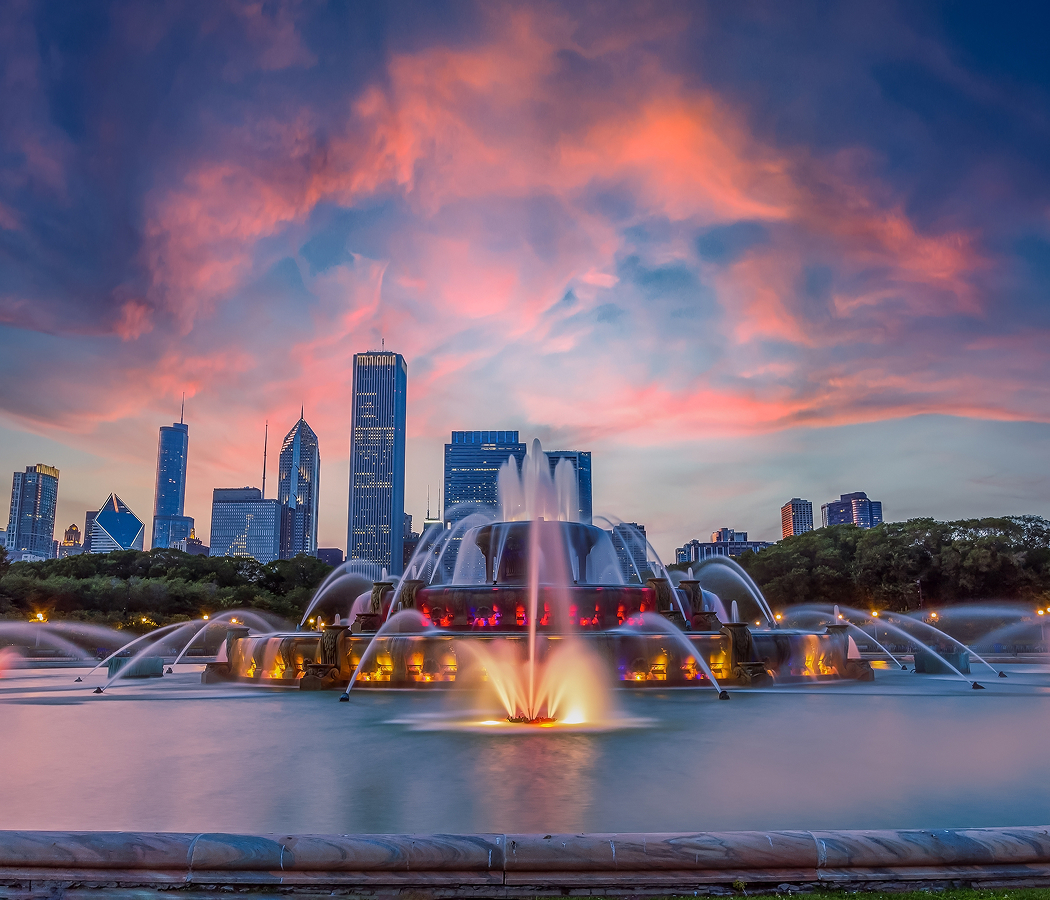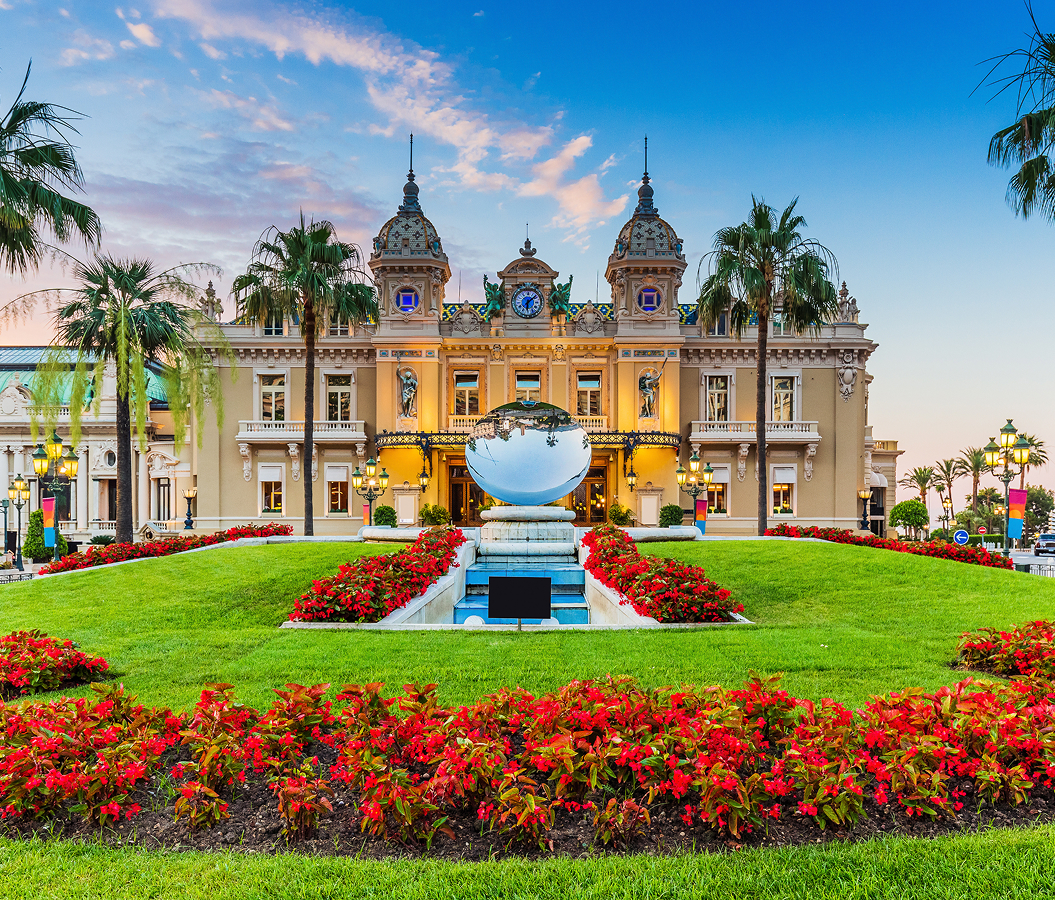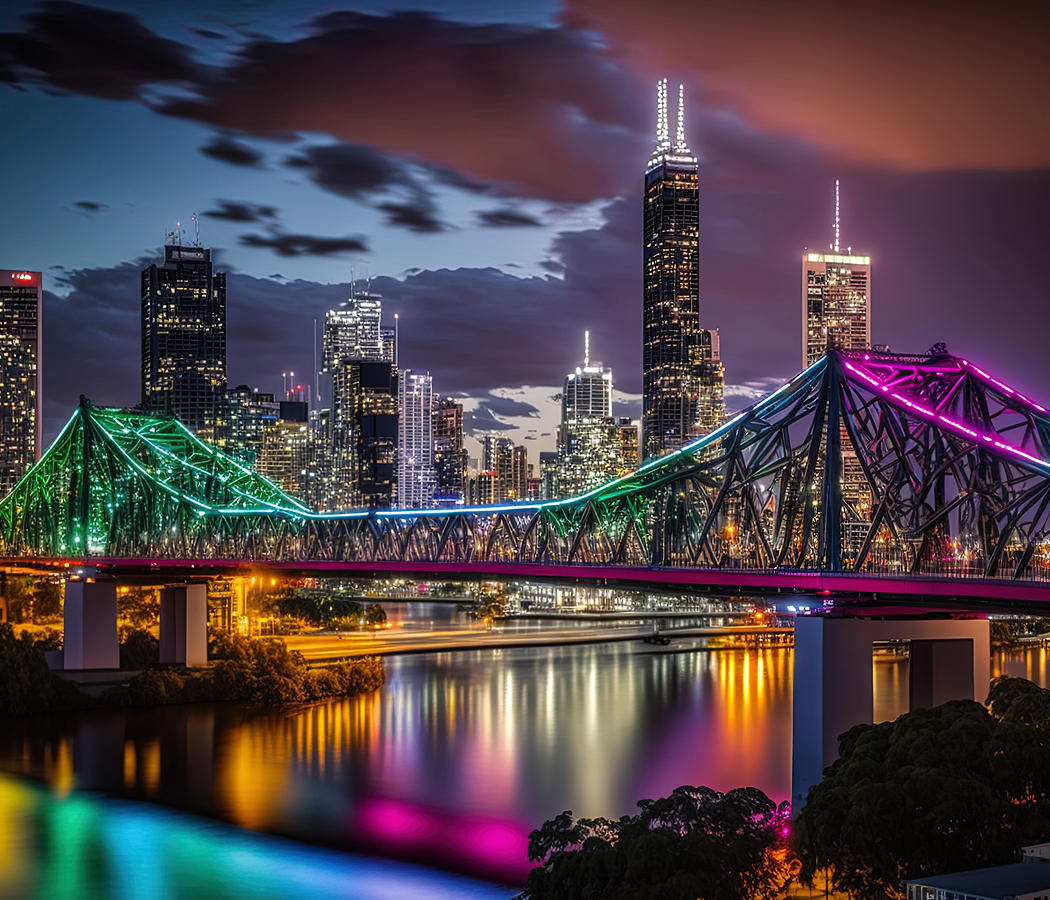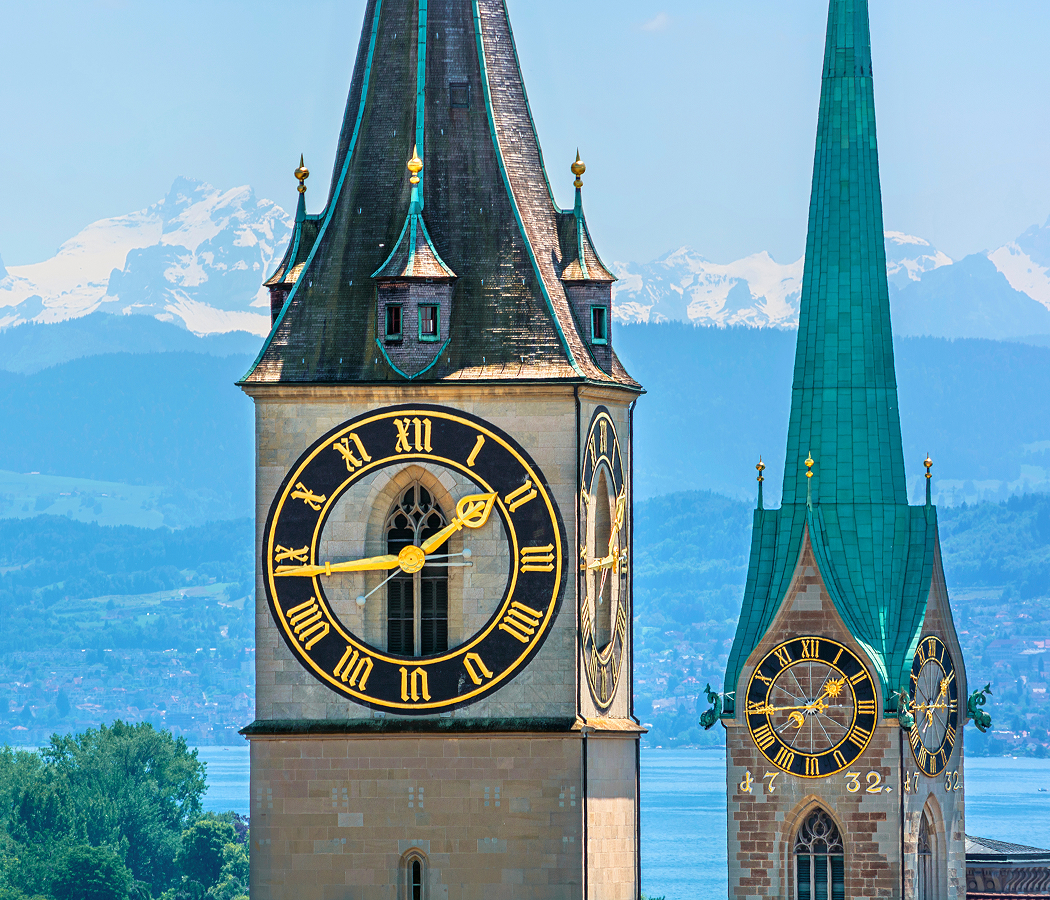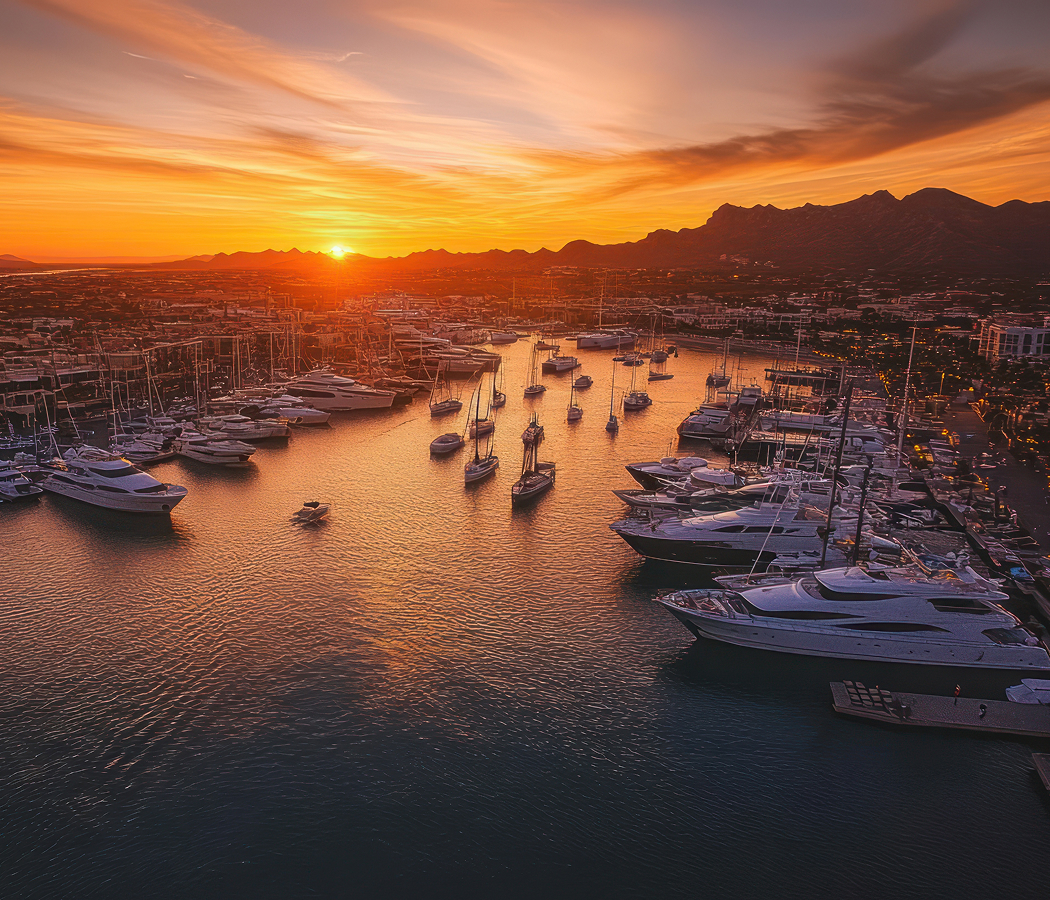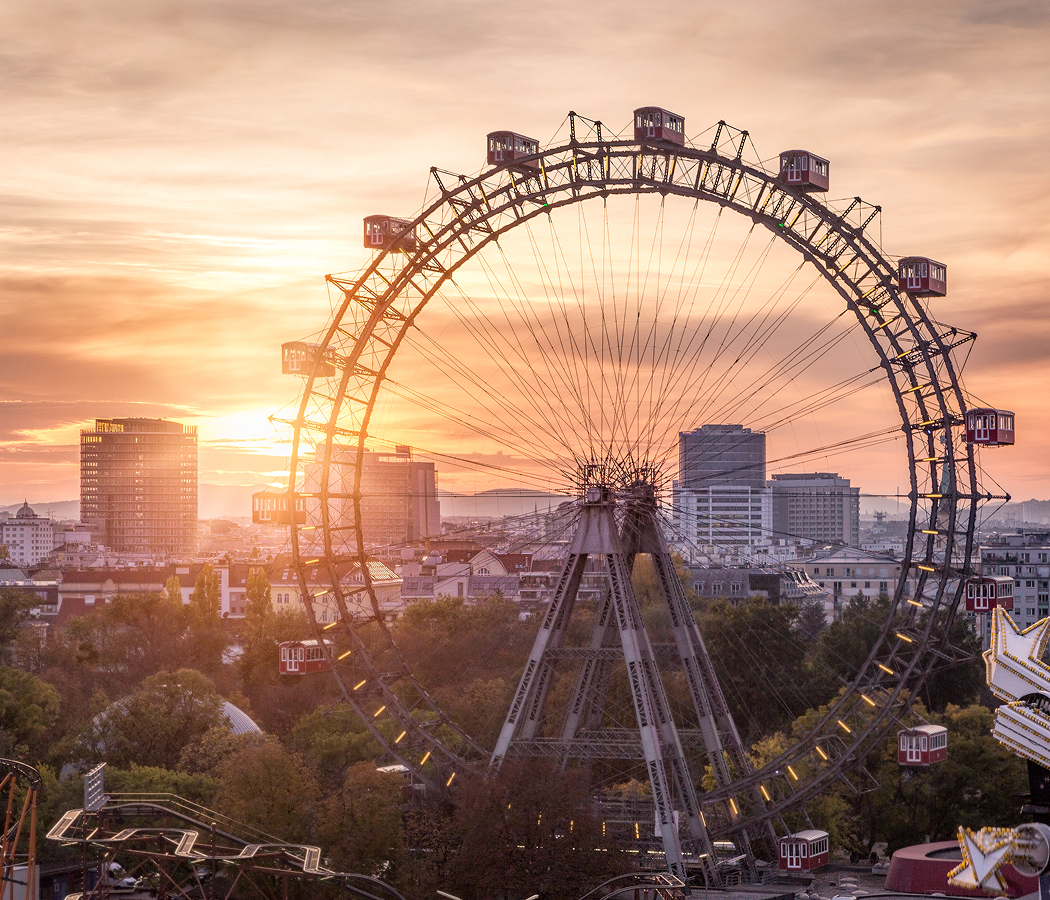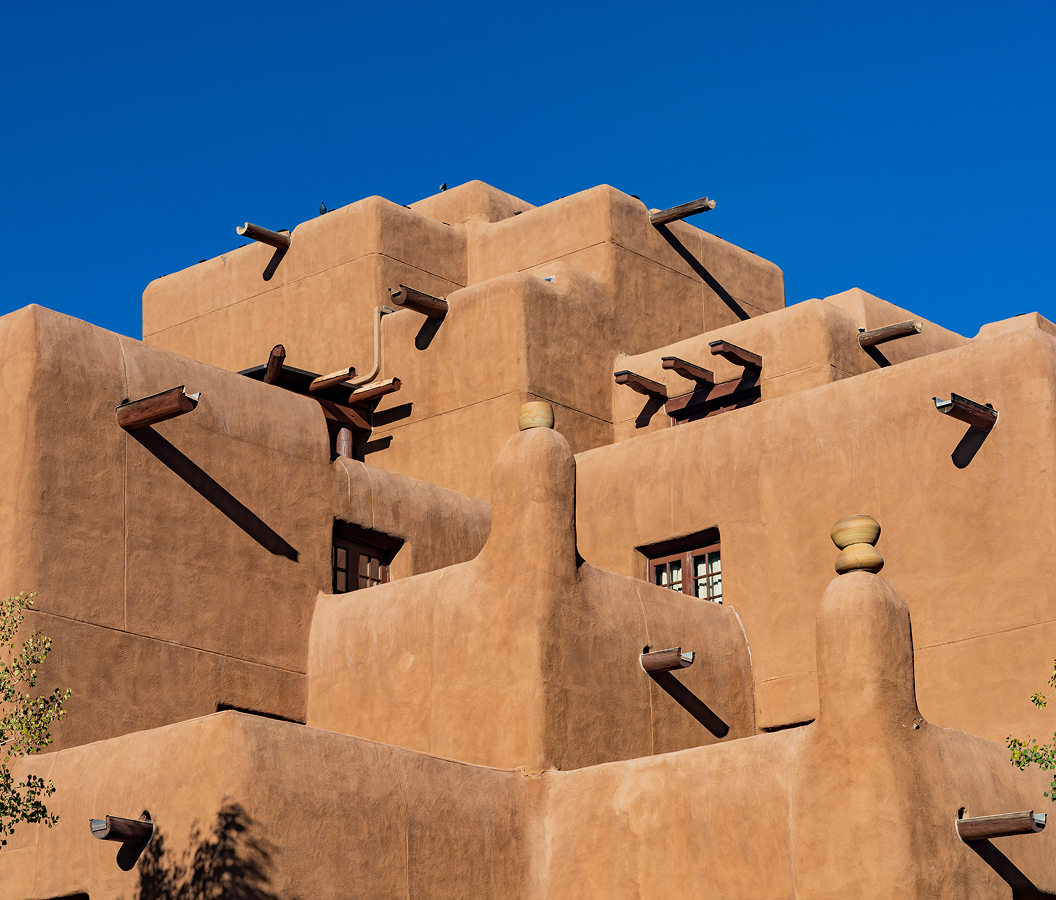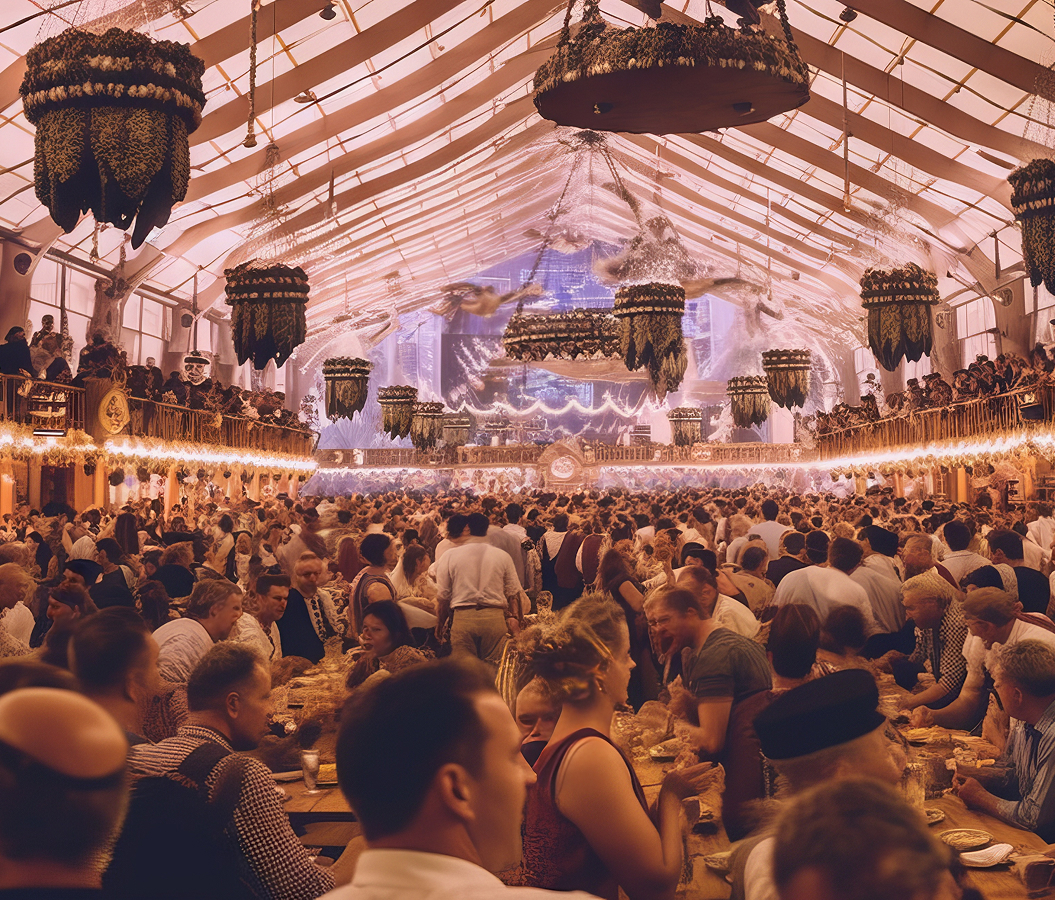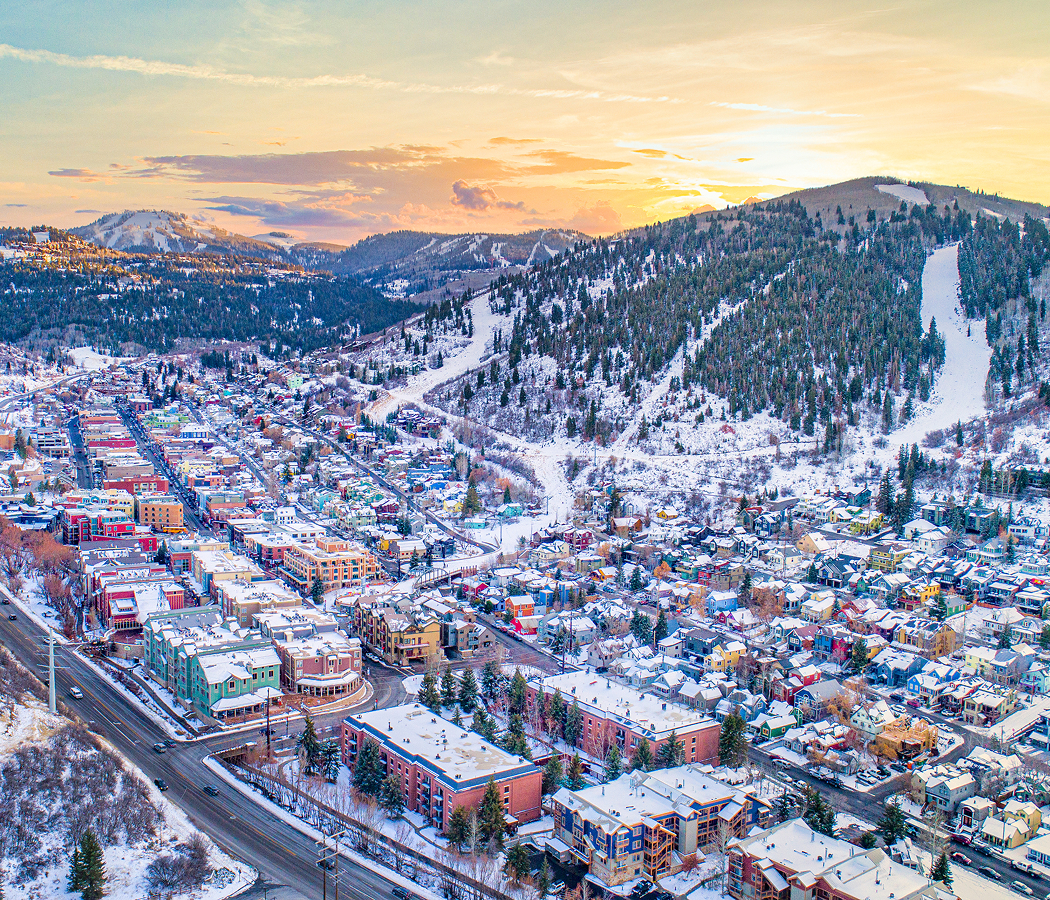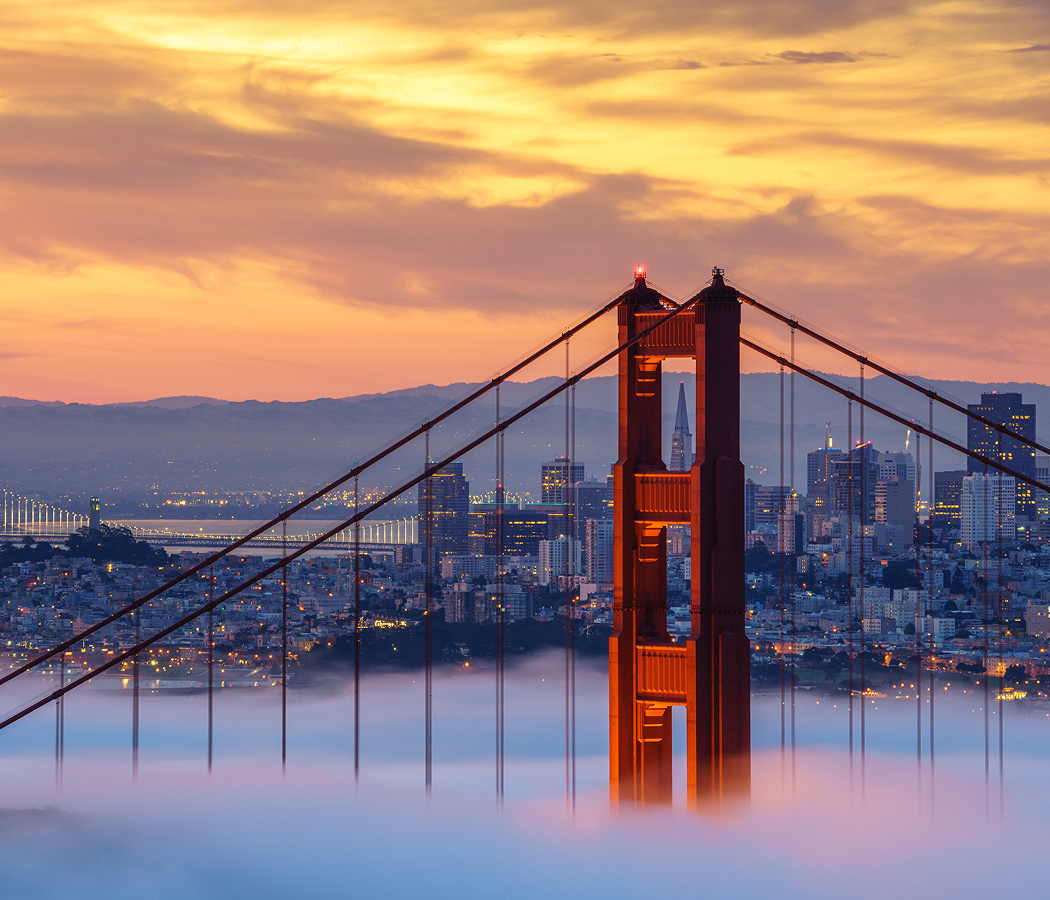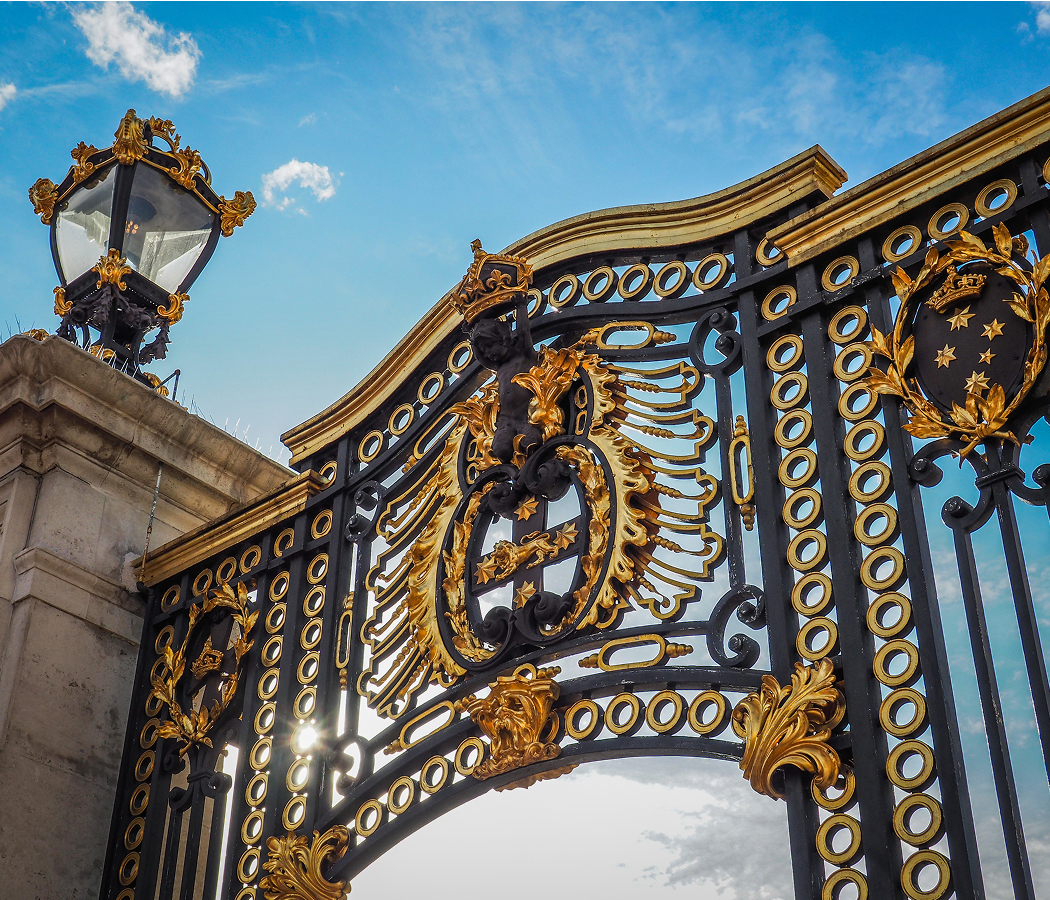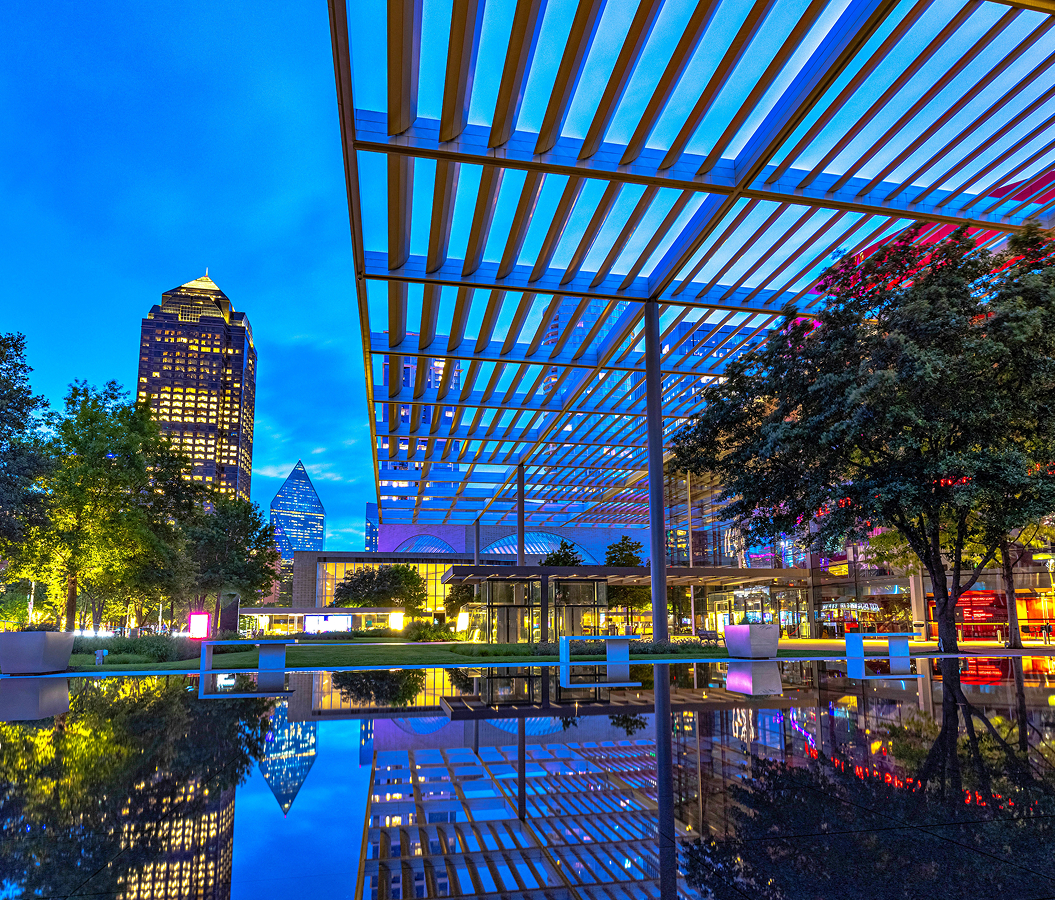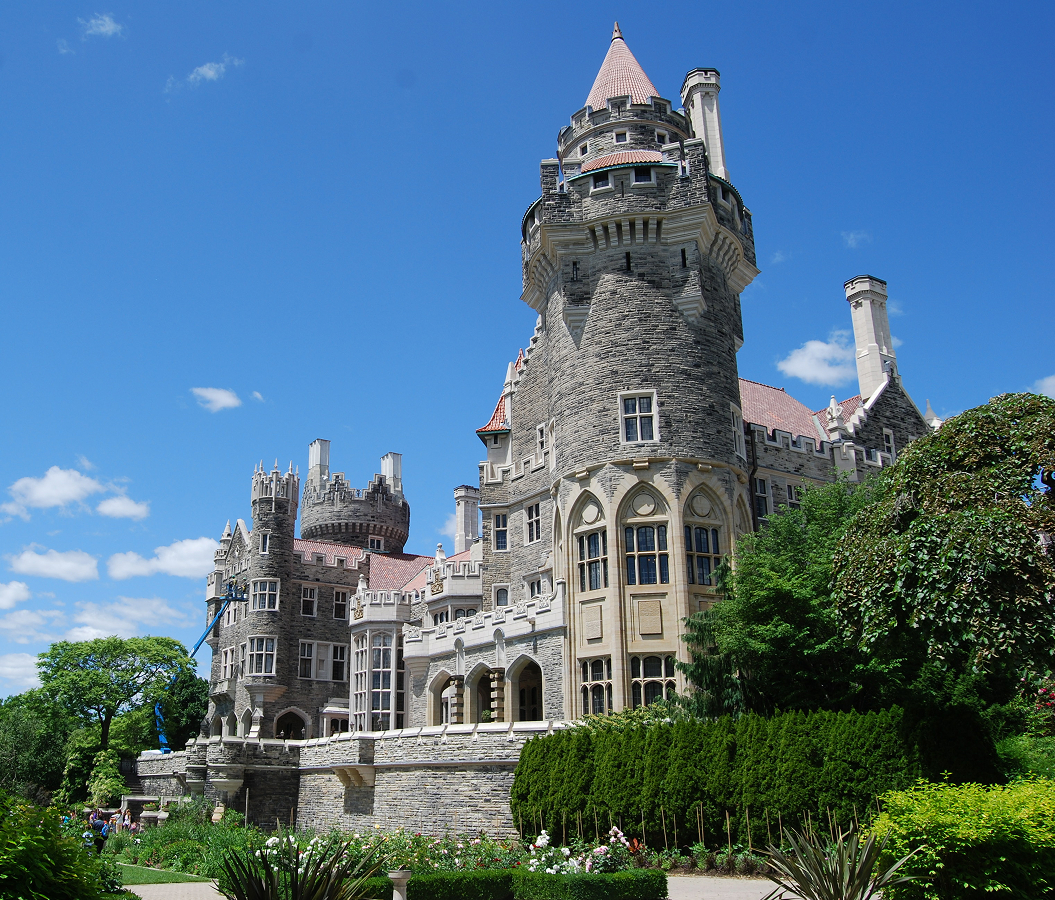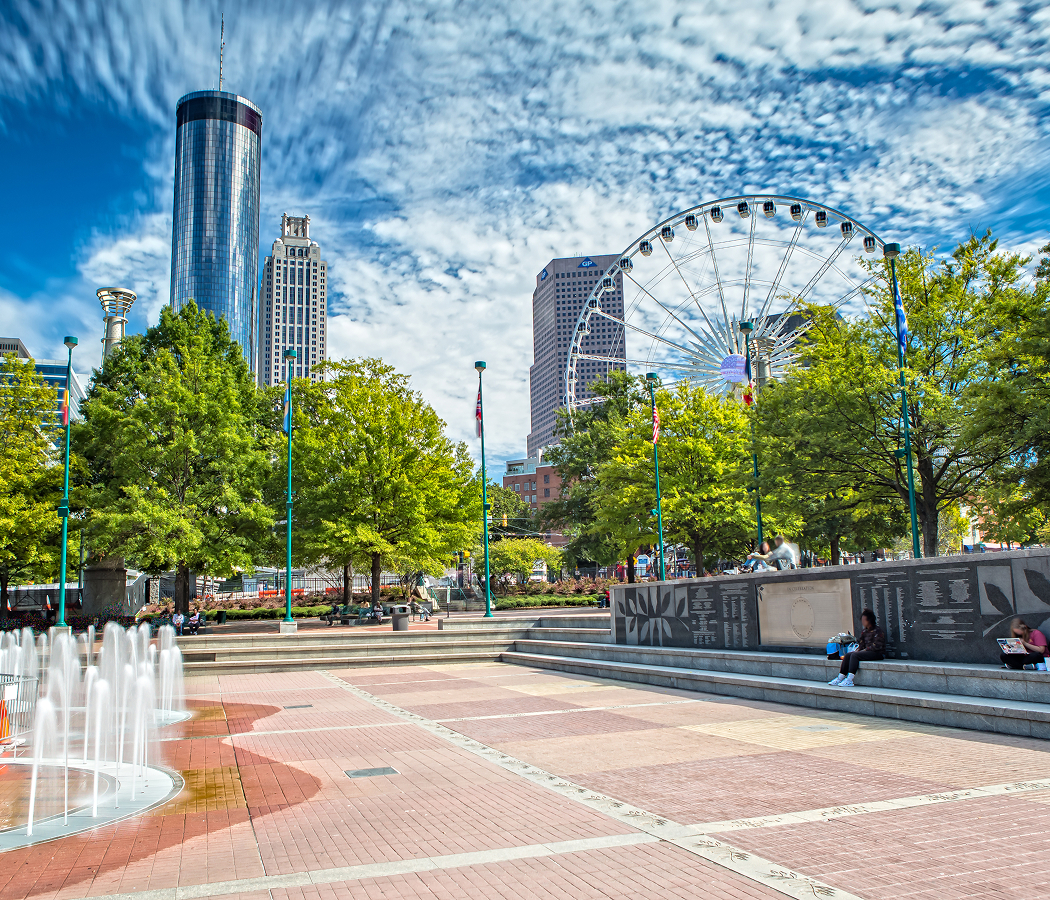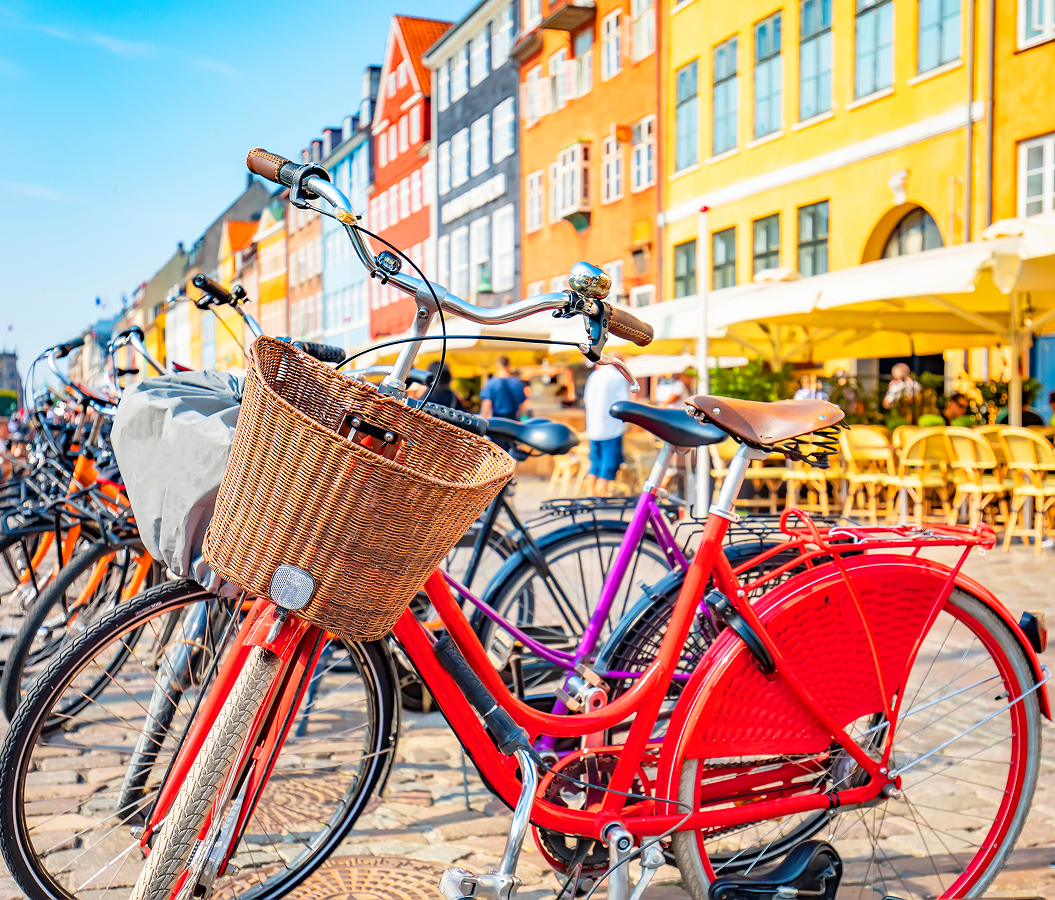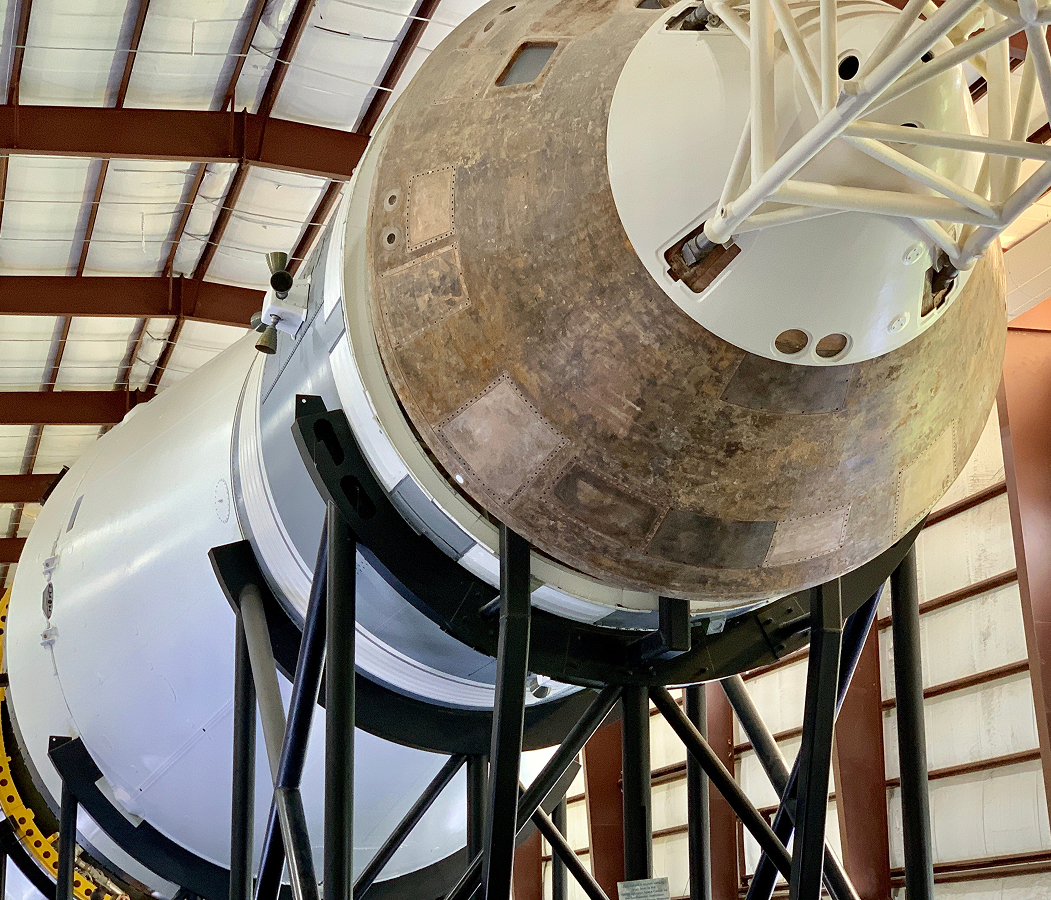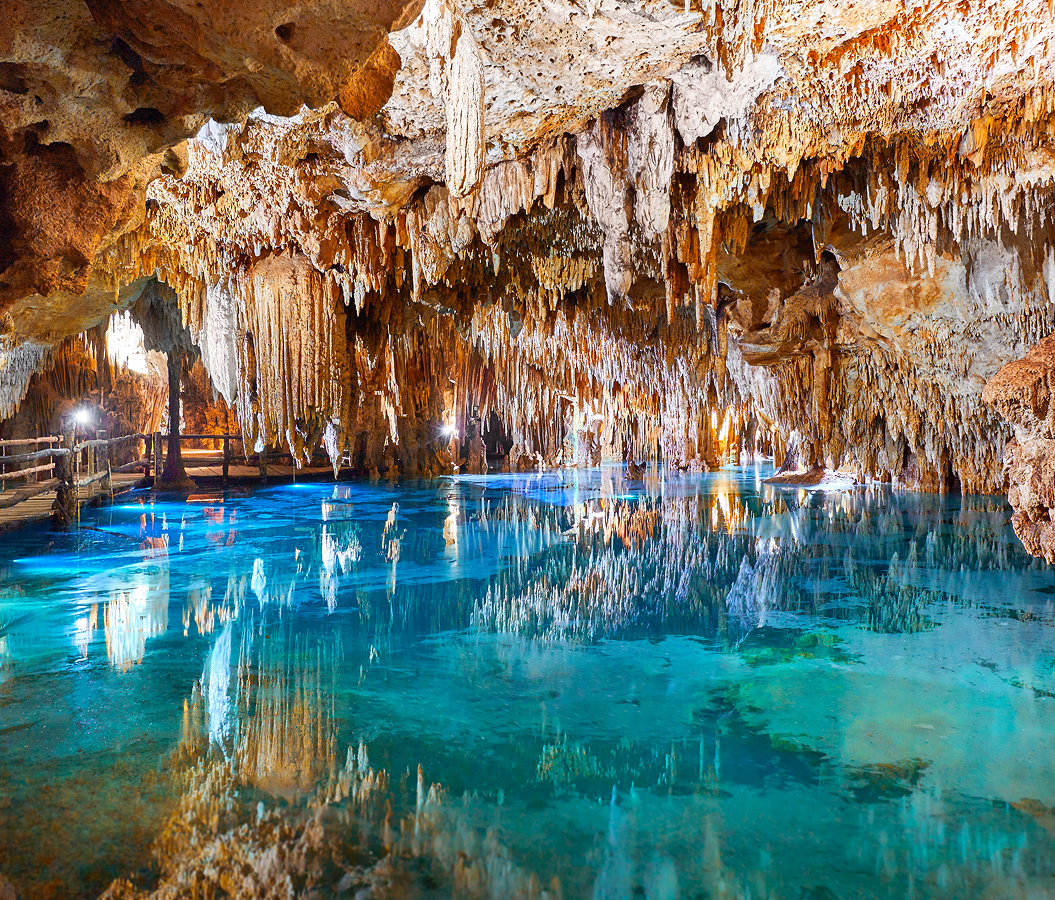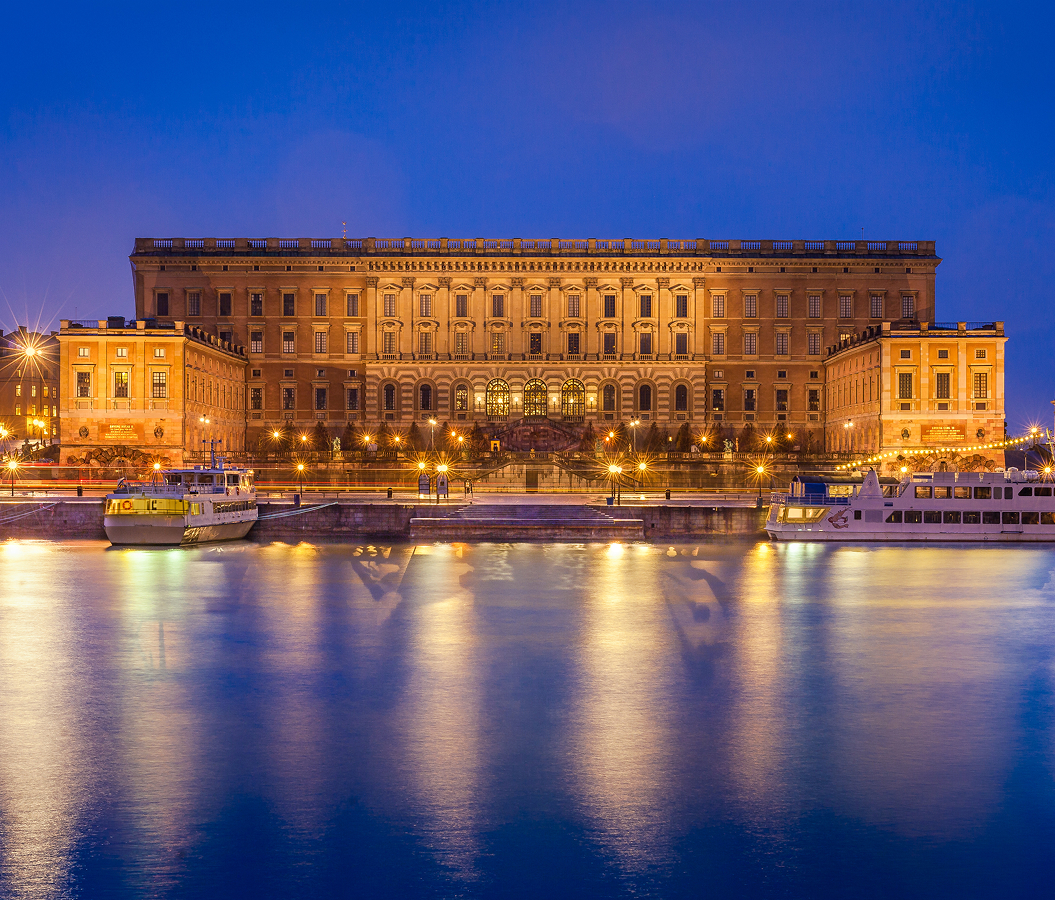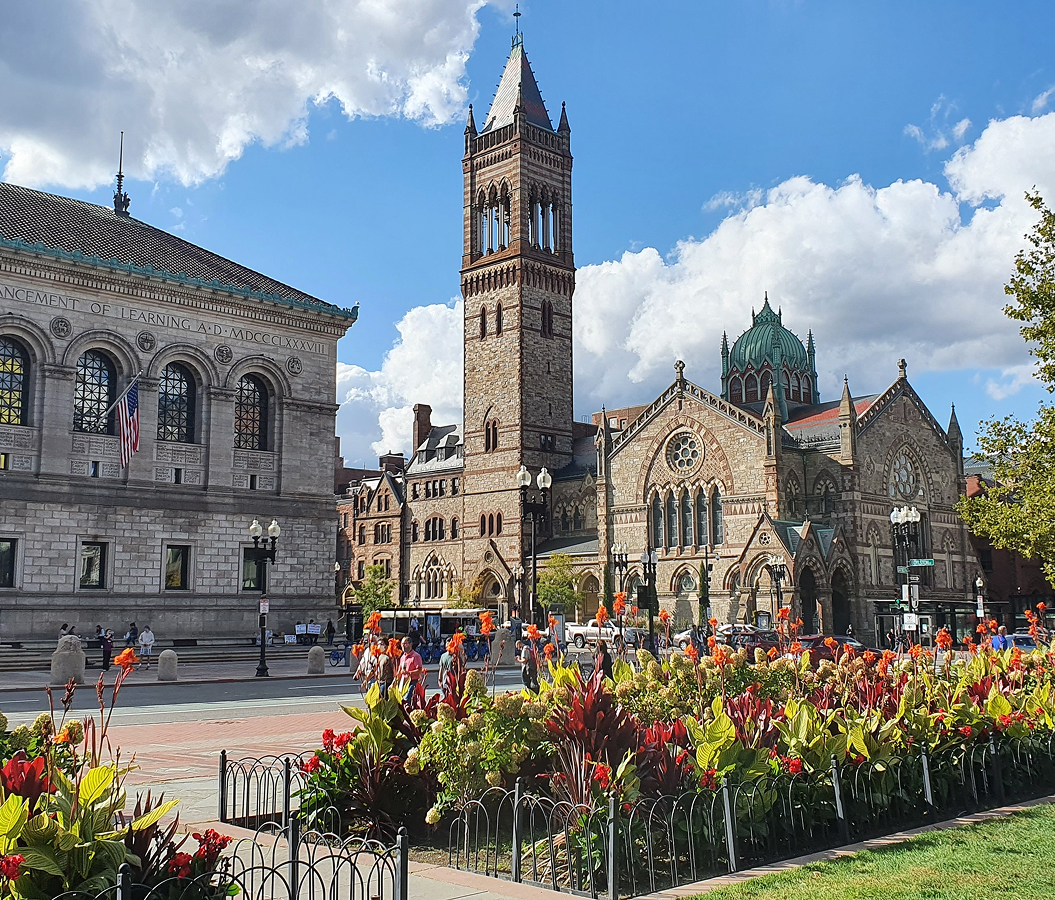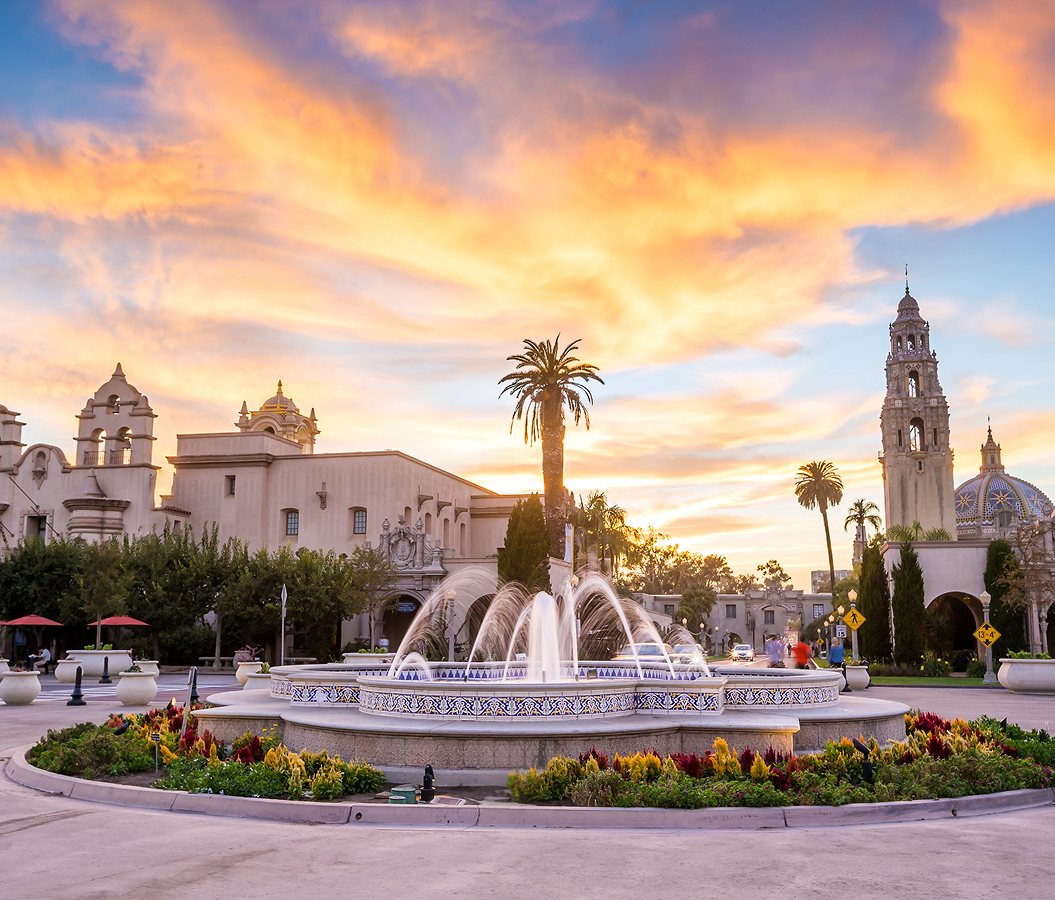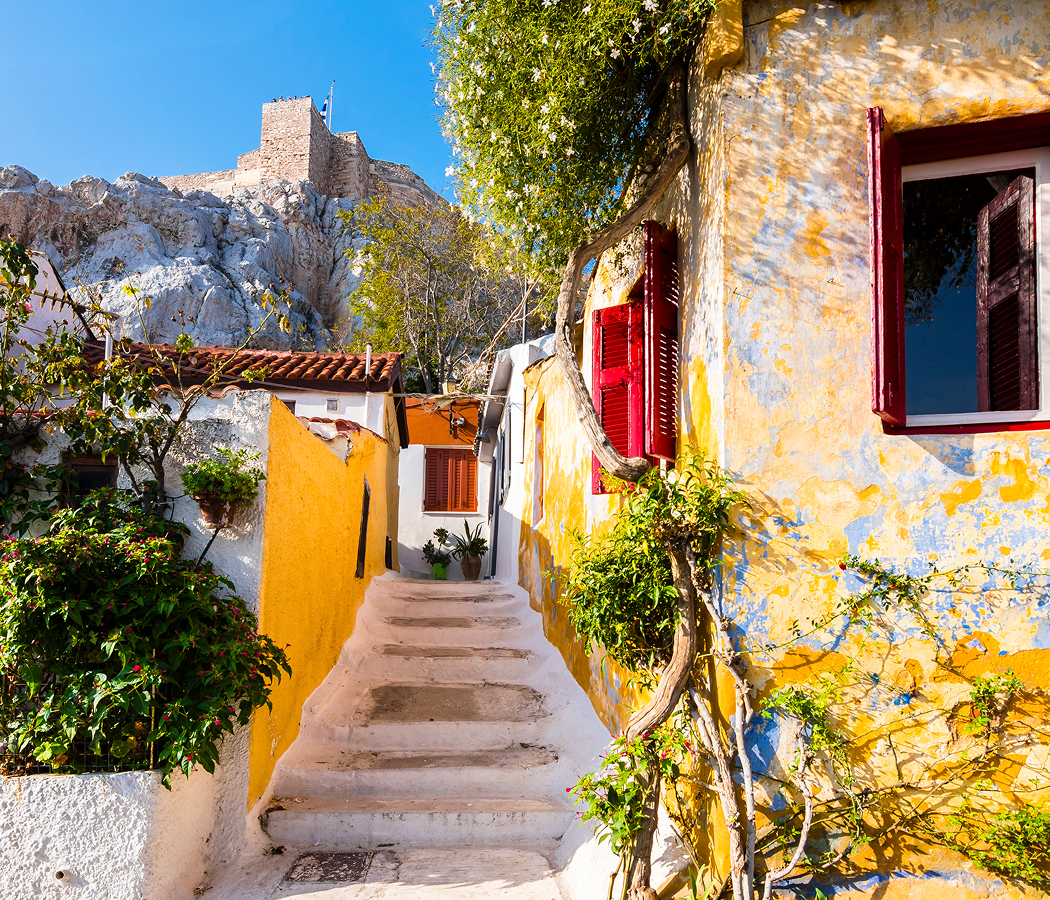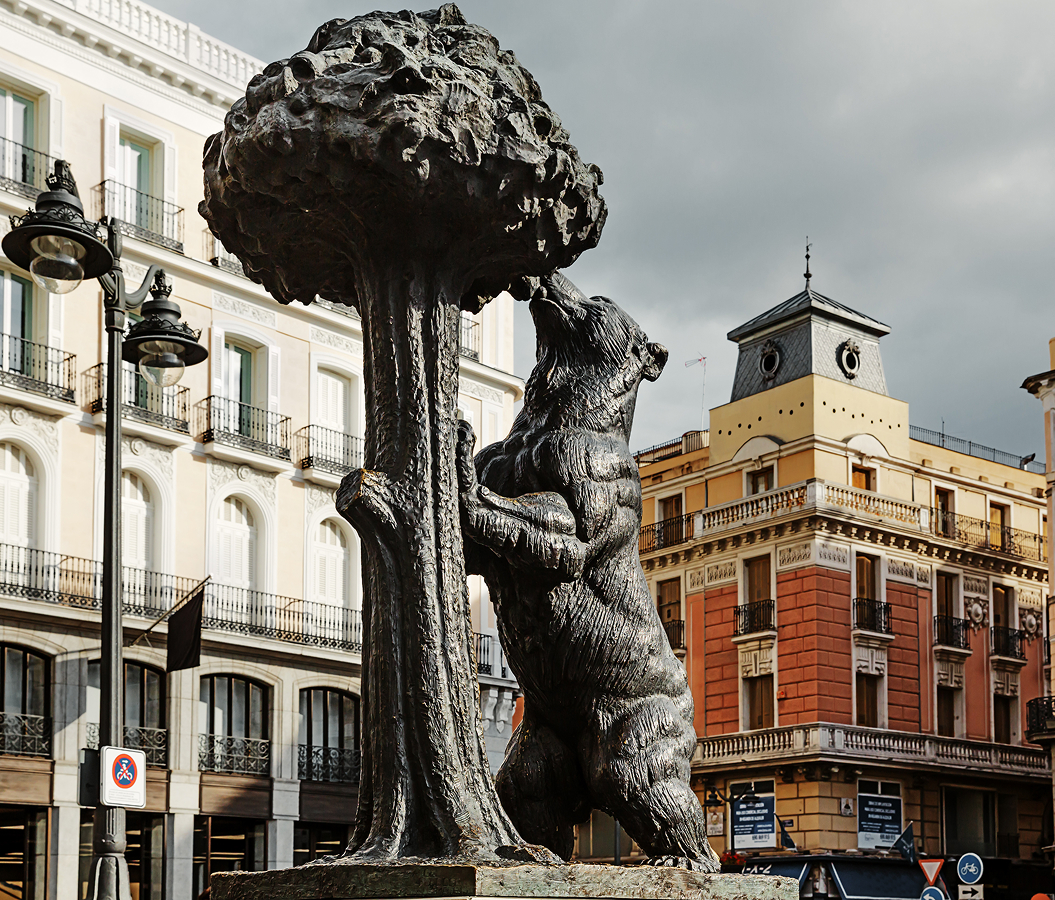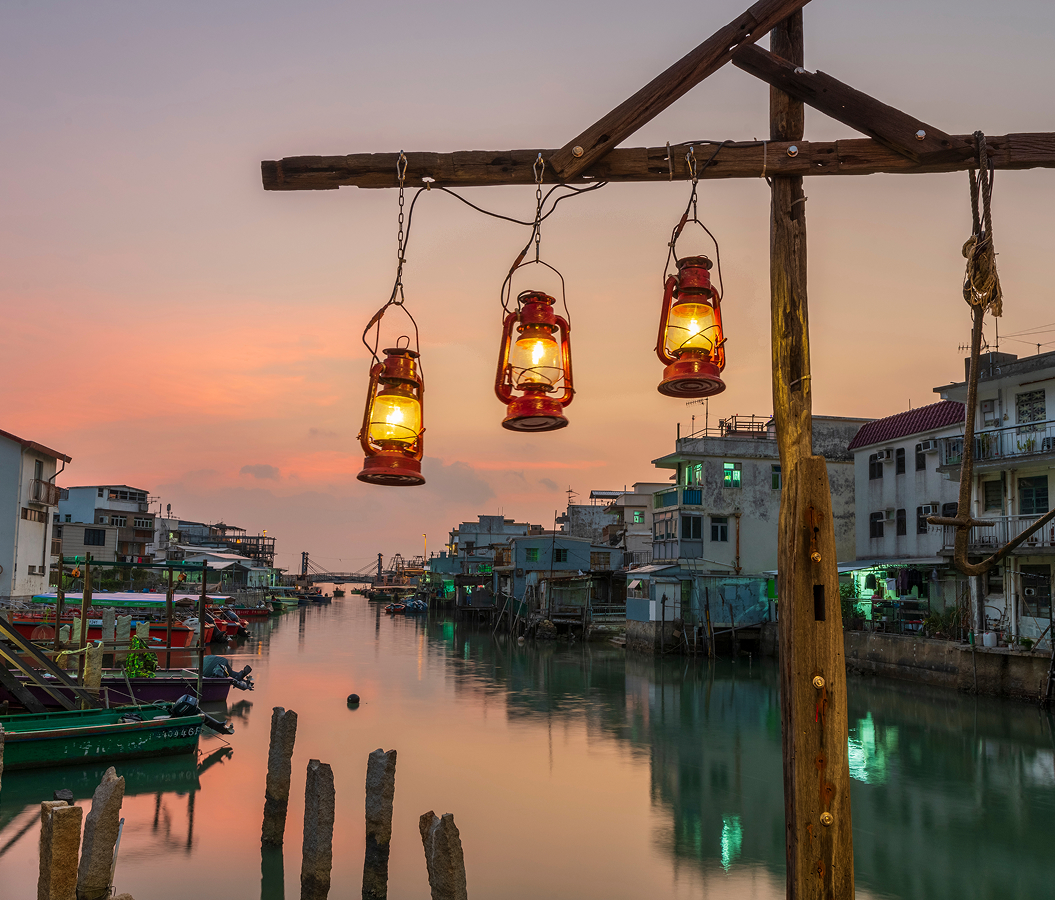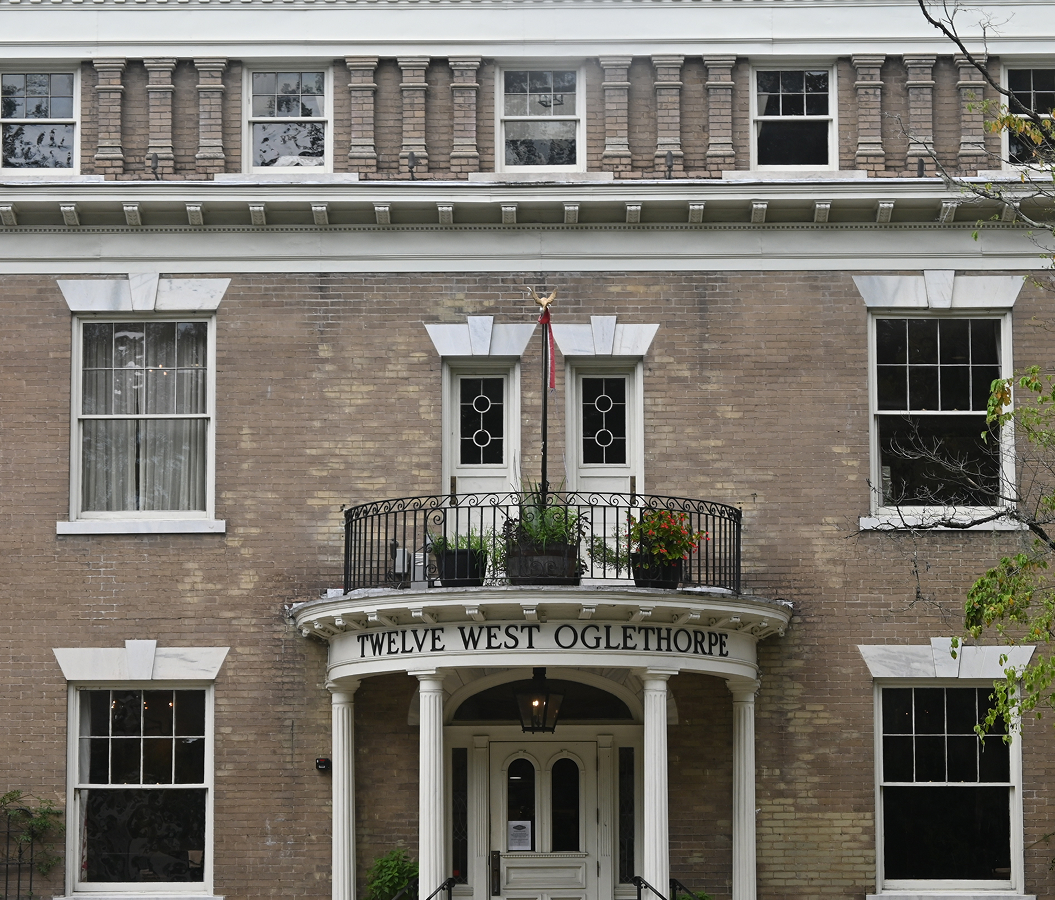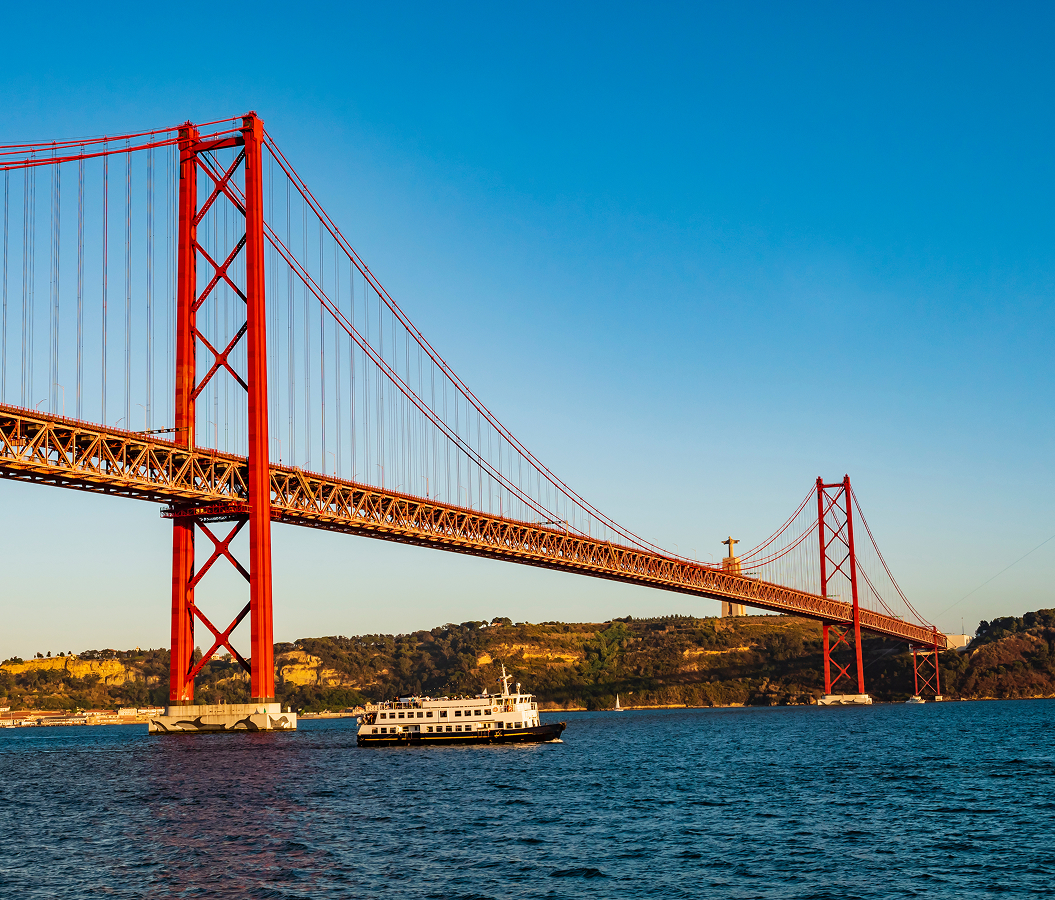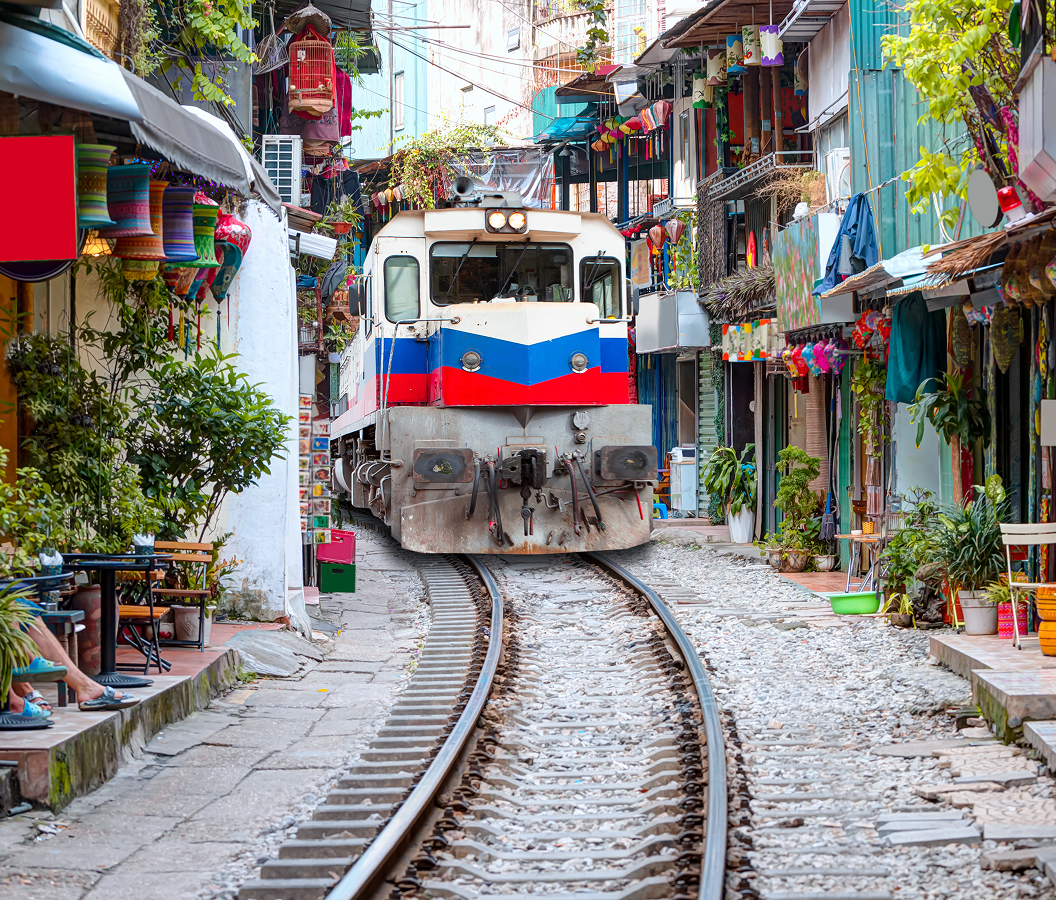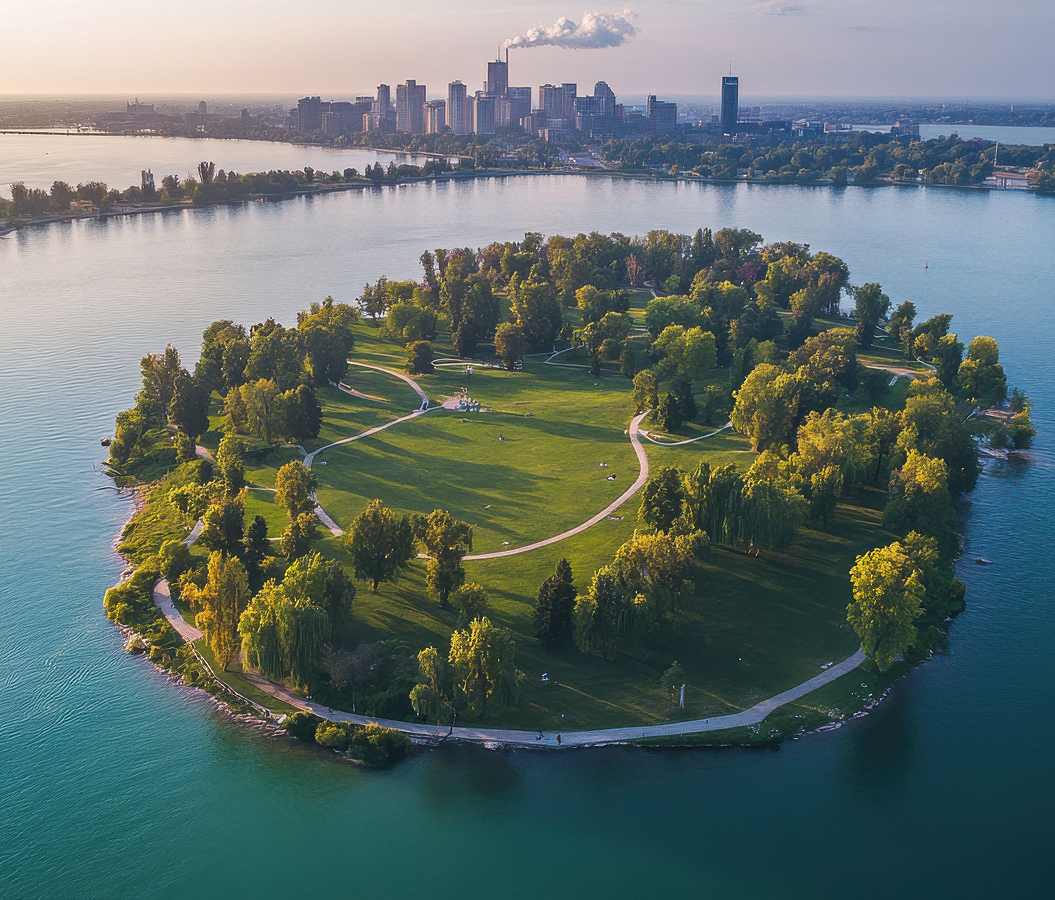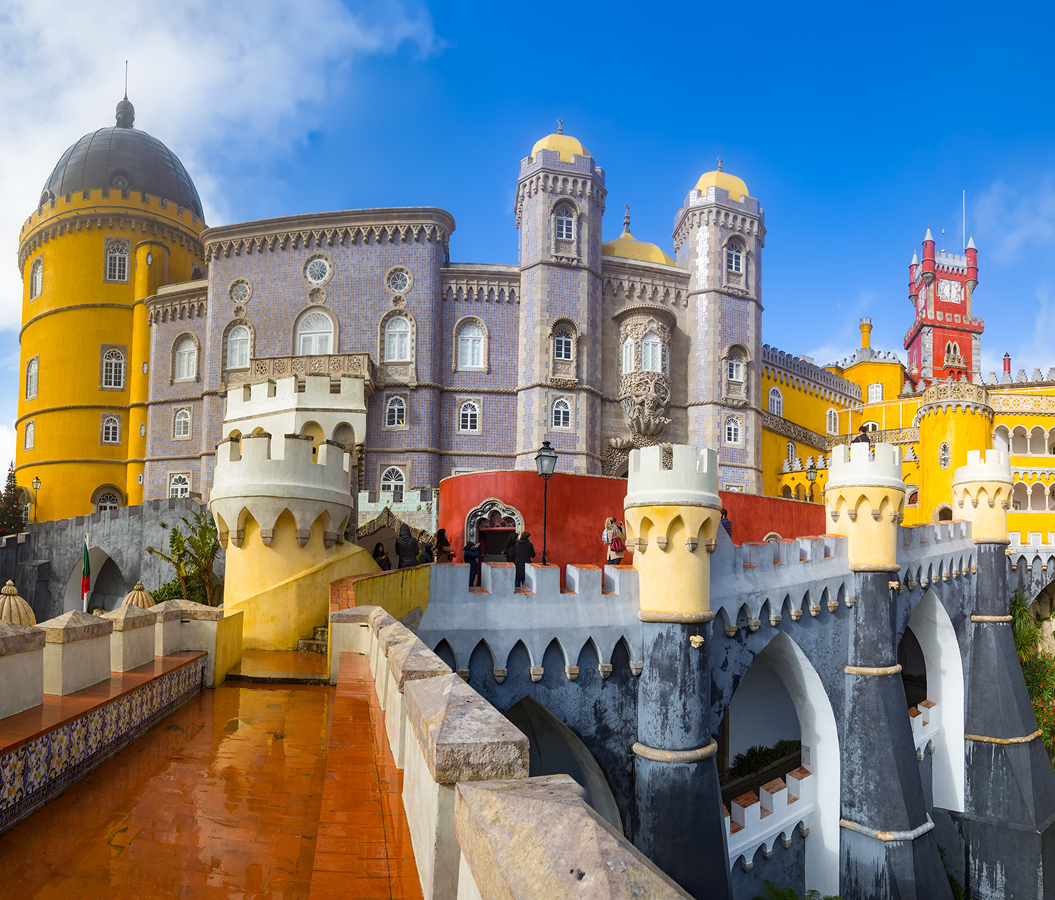
What you didn’t know about Lisbon, Portugal.
Lisbon’s effortless beauty rests on layers of history, geography, and resilience that shape everything from its architecture to its atmosphere.
The city sits on seven hills overlooking the Tagus, each creating its own micro-neighborhoods, viewpoints, and weather patterns, Alfama staying cooler in its maze of narrow streets, Graça catching the best sunsets, Belém basking in open breezes rolling in from the Atlantic. Its iconic azulejos, the blue-and-white tiles decorating walls, palaces, fountains, and stations, were originally designed for temperature control and storytelling, preserving both art and memory through centuries. The 1755 earthquake reshaped the entire city, giving rise to Pombaline architecture engineered with early anti-seismic design, one of the world’s first. Lisbon’s cuisine carries influence from Portugal’s global travels: spices from India, African techniques, Brazilian sweetness, Mediterranean seafood, all blending into dishes like bacalhau, piri-piri chicken, and custard tarts perfected in Belém’s ancient monastery bakery. Even the city’s light, famously golden, comes from a unique combination of white limestone, reflective river water, and Atlantic haze that softens everything it touches. Beneath Lisbon’s laid-back charm lies a history of reinvention, and that spirit is still visible in every viewpoint, every old tram, every narrow street opening unexpectedly into the sky.
Five fascinations about Lisbon.
5. Lisbon predates Rome by centuries.
It’s one of Europe’s oldest cities, founded by the Phoenicians around 1200 BCE, nearly 400 years before Rome began to rise.
4. The city’s cobblestone streets are a secret code.
Look down, many calçada portuguesa designs tell stories through mosaic-like symbols, from ships to serpents.
3. There’s a bridge that looks just like San Francisco’s.
The 25 de Abril Bridge is often mistaken for the Golden Gate, but it’s actually built by the same American company.
2. Lisbon has one of the world’s smallest bookstores.
Livraria do Simão fits inside a former elevator shaft and holds about 4,000 books, with room for just one customer at a time.
1. The city rebuilt itself after a devastating earthquake.
The 1755 earthquake destroyed much of Lisbon, but it led to one of the world’s first examples of earthquake-resistant urban design.
Where meaningful travel begins.
Start your journey with Foresyte, where the planning is part of the magic.
Discover the experiences that matter most.




































